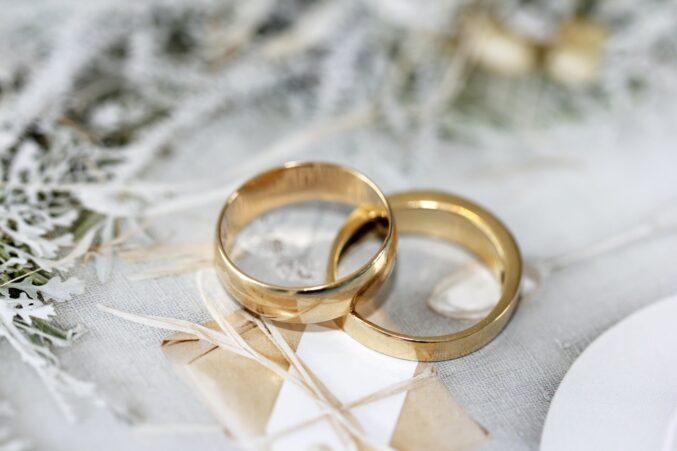
New figures from the Central Statistics
Office throw light on the changing nature of marriage in Ireland. The
number of marriages went up in 2021, however, it hasn’t reached the pre-Covid
levels. Many Catholic weddings were postponed last year but they are the most
popular ceremony again.
In all, there were 16,717 opposite-sex
marriages last year; 81.5 percent more than the year before but 15 percent less
than in 2019. There were 500 same-sex marriages. The marriage rate per 1,000
population was just 3.4 in 2021. A clear drop when compared to 2019 (4.1),
but a definitively higher figure than in 2020 (1.9) when many couples suspended
or delayed their plans because of the pandemic.
Marriage rates have constantly declined
in the last few decades, but the Covid pandemic has had a tremendous impact on
numbers. Compared
the two years before Covid (2018-19), opposite-sex marriage declined 35.2
percent in 2020 and 2021 combined. Same-sex marriages declined even more (37.5%)
in the same period. After the 2015 referendum that redefined civil marriage,
there was an initial surge of same-sex weddings, but numbers are now going
down.
The average age at which couples marry
keeps going up. In 2021, it stood at 37.4 for men and 35.4 for women. It
was 34.6 and 32.5 in 2011.
Religious ceremonies continue to decline
although they are still the most popular ones overall, accounting for 57
percent of all weddings in 2021. Thirty-nine percent were in a Catholic church,
the most popular ceremony. The second most common celebration was civil
marriage (35%). But ten years ago Catholic ceremonies accounted for 66
percent of the total.
Last year, when churches were closed and
the number of people allowed to attend weddings was limited, for the first time
in Irish history civil ceremonies became more popular than Catholic weddings.
Atheist Ireland said that those figures showed that Ireland was no longer a
Catholic country, but Catholic ceremonies were postponed for very practical
reasons. The newly released figures confirm that 2020 was really exceptional,
and now we are moving back to the normal trends.
The general decline of Catholic ceremonies
is partly due to secularisation and partly due to more options being available
to those who want to tie the knot, especially hotel weddings. Those who want to
marry in a hotel and have a religious ceremony often opt for a ‘Spiritualist’
marriage. Last year 7.9 percent of opposite-sex couples and 12 percent of
same-sex couples do so. A significant proportion (43%) also chose non-religious
celebrations.
The data released by the
Central Statistics Office this year are less detailed compared to the past. For
example, this time we are not told about the previous marital status of the
brides and grooms, and how many were marrying for the first time. It is a pity
that some interesting figures regarding the state of marriage in Ireland were
missing.
The most recent data about divorces and
separation from the Court Service Annual Report refer to 2020 and show us that
there was a 29 percent increase in the number of applications for divorce (5,266)
that year, compared to 2019 (4,073), while judicial separations decreased by 48
percent (from 1,229 to 636). These are the effects of the change in family law
legislation following the divorce referendum in 2019 that reduced from four to
two years the amount of time required to be separated before been allowed to apply
for divorce.
Besides the Covid pandemic, 2020 was an
exceptional year because of the recent changes in family law and it is of
little use to compare divorce and separation figures for 2020 with the previous
years.
In any case, the overall figures show
that marriage in Ireland is in anything but rude health.
Nessun commento:
Posta un commento